Real scale testing facility Hedwigepool ready to be used!
- 02 December 2021
- Francien Horrevorts
- Emergency Response
Mid November a big milestone was reached in the Living Lab Hedwige-Prosperpolder. A new testing facility, the Hedwigepool, has been informally opened to use for several experiments in the field of Emergency Response by the Dutch Ministry of Defense and other project partners.
Hedwigepool
The Hedwigepool builds on an existing water outlet from the polder to Scheldt and has been designed for full-scale experiments on various emergency response strategies under realistic and controlled conditions. It allows for controlled high water conditions, monitoring water discharge characteristics and critical levee stability parameters at the same time. The Hedwigepool will be used for research into use of the BreachDefender, mobile barriers and controlled breach initiation. During the first months of 2022 about 6 cadets from the Netherlands Defense Academy will conduct their thesis research at the Hedwigepool.
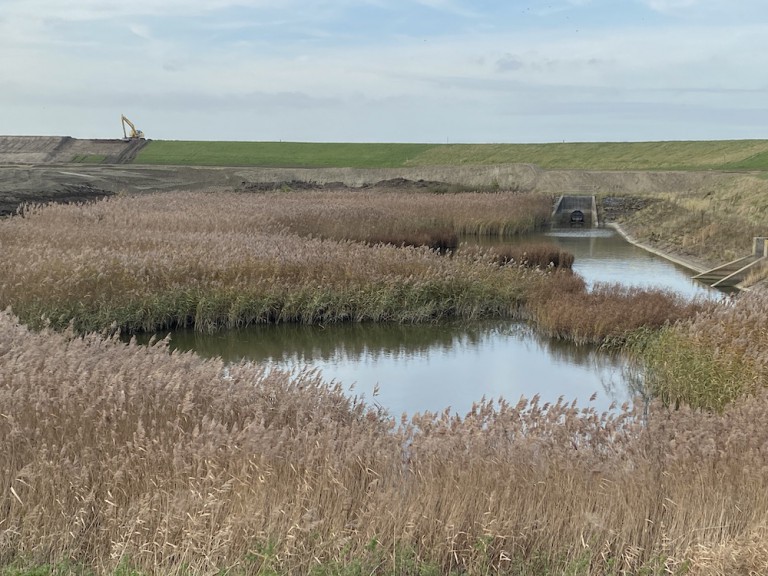
Photo: Hedwigepool ready to be used
BreachDefender
In its current conception the BreachDefender, or BresDefender, is a floating pontoon, normally used by the military to construct temporary floating bridges. The advantage of this system is that transport and placement of the system on a critical site of a levee is done entirely from the water. The system can then be used to stop or postpone the initial breaching process of a levee or to strengthen a weakened levee. The BreachDefender is expected to reduce the total amount of water flowing through, reducing erosion and arresting breach growth rates. The methodology has been tested at laboratory and intermediate scales; the latter experiments are still ongoing in FloodProofHolland. The main findings and lessons learned from the tests in FloodProofHolland will be used to design and conduct experiments in the Hedwigepool. These real scale experiments are planned to happen in the first quarter of 2022. The experiments will also address the logistics, sinking, placement and connecting of the pontoon to the levee.
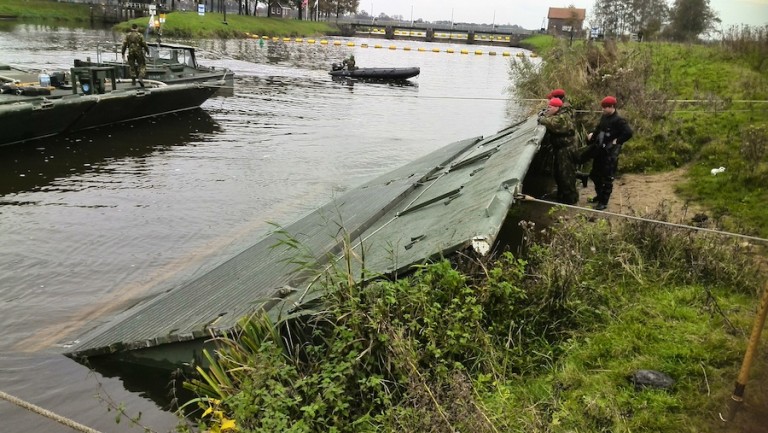
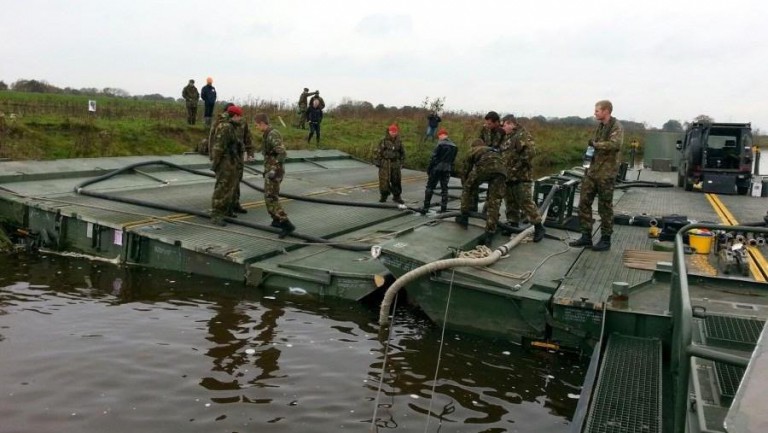
Photos: BreachDefender in use
Mobile barriers
Another type of emergency measure that is to be tested in the Hedwigepool are mobile barriers. Mobile barriers can for instance be used to increase the levee height, to change the course of water flow and to create water reservoirs or dams. Innovations will be researched that should eventually replace the sand bag, in case this proven technology is outperformed. Aspects of improvement may be the ease to (un)install, speed of deployment, water retaining performance compared to sand bags, ease of handling and logistical aspects.
In the Hedwigepool, the following will be tested by use of mobile barriers. About 50 meters of the crest has been lowered by 1.3 m: this stretch will be the testing site for the various mobile barrier systems. The experiments will also be used to develop criteria to compare various mobile barrier systems given requirements and environmental conditions.
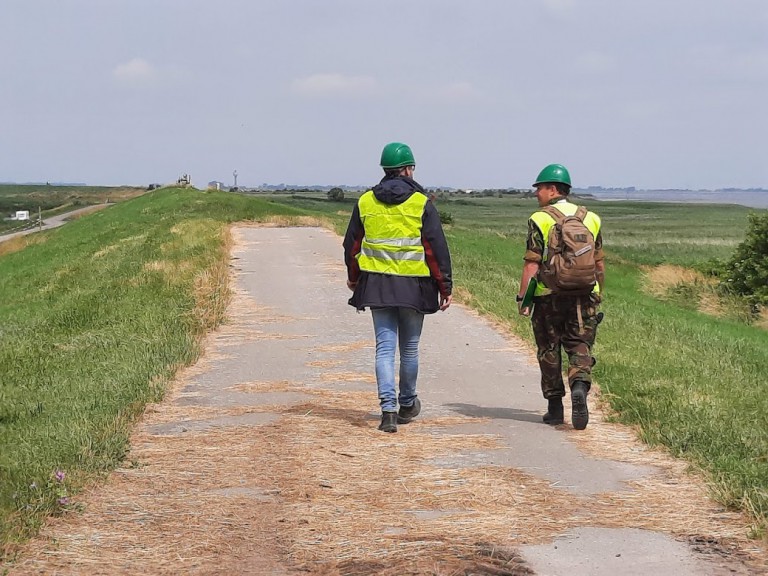
Controlled Breach Initiation
Controlled breaching of a levee may be used to release the overall pressure on a levee system and prevent spontaneous breaching at locations that might have a more vulnerable hinterland. A possible method to initiate breaches is by the use of explosives. Currently, there is still a lot to be learned about this technique and its impact on the environment. In order to use it in a safe manner in the context of a saturated levee and high-water levels, more experience, experimental and theoretical research is required. Especially for the Netherlands with its high population density, growing underground infrastructure, high ground water levels and soft soils, the non-local impact of intrusive technologies like the use of explosives should be very well understood and predictable.
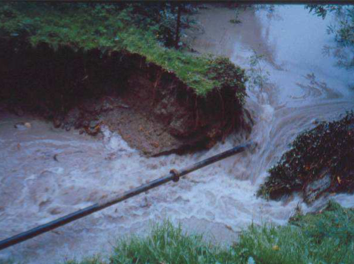
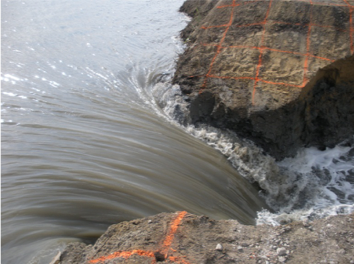
Therefore, as part of the Polder2C’s project, research is being done into the effect of this technique. One objective is to determine the seismic effects of detonating explosives in or near embankment structures. Experiments as well as instrument development are already ongoing on various twin locations of the Hedwigepolder. The aim is that tests are also to be conducted at the Hedwigepool, of course at the end of its period of service. Based on the findings, improved prediction methods for ground shock amplification and practical guidelines for breach initiation in levees will be developed.
Main objectives of this research are:
- Instrumentation: new, cheap and robust sensor networks
- Prediction and environmental risk assessment of detonation triggered seismic waves in soft soils with high water tables
- Decision support for local authorities concerning evacuation and safety distances
More information
Read more background information on the BreachDefender or controlled breach Initiation. We will share more information on the experiments in the Hedwigepool on our website, LinkedIn and Twitter.
